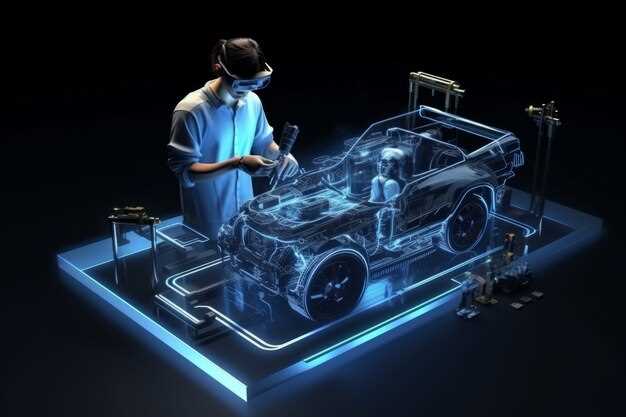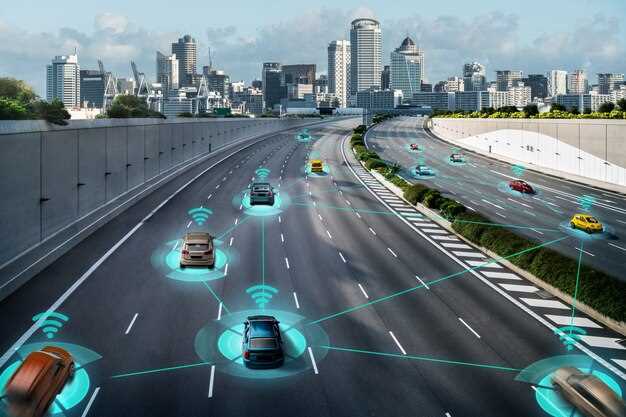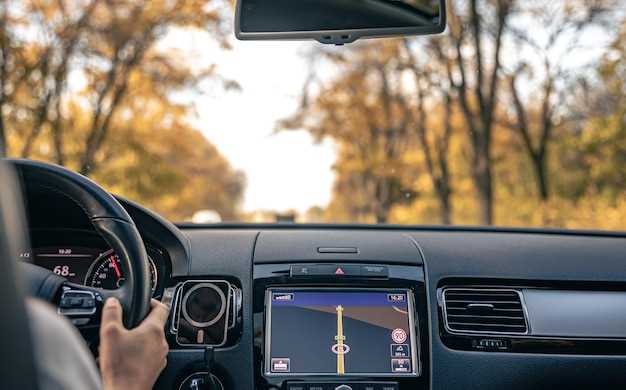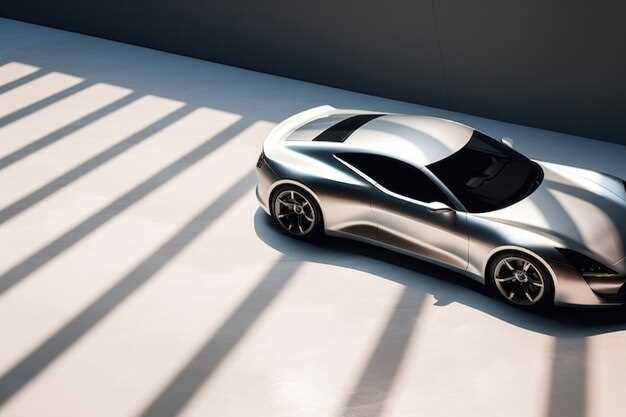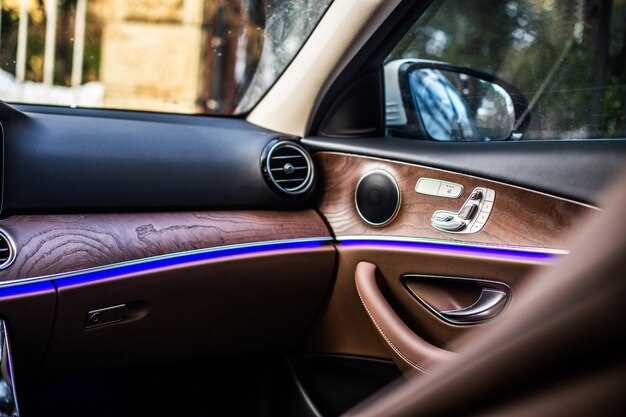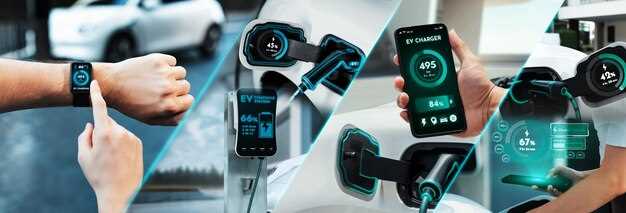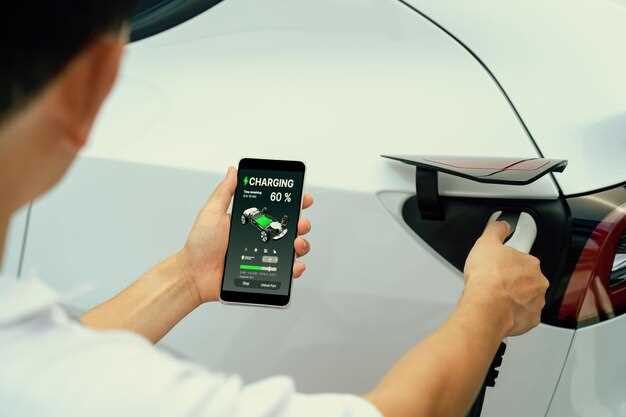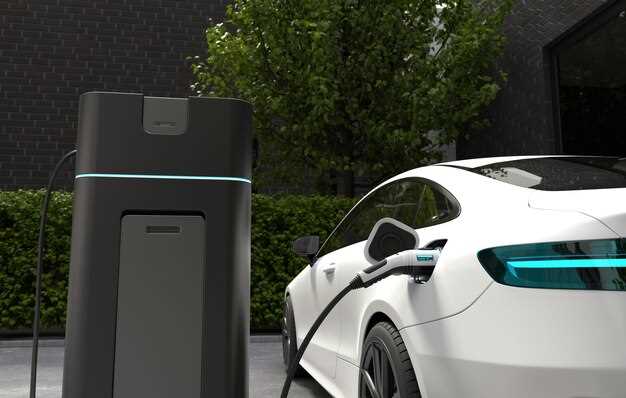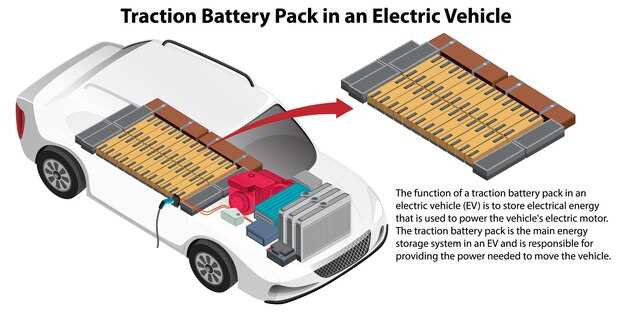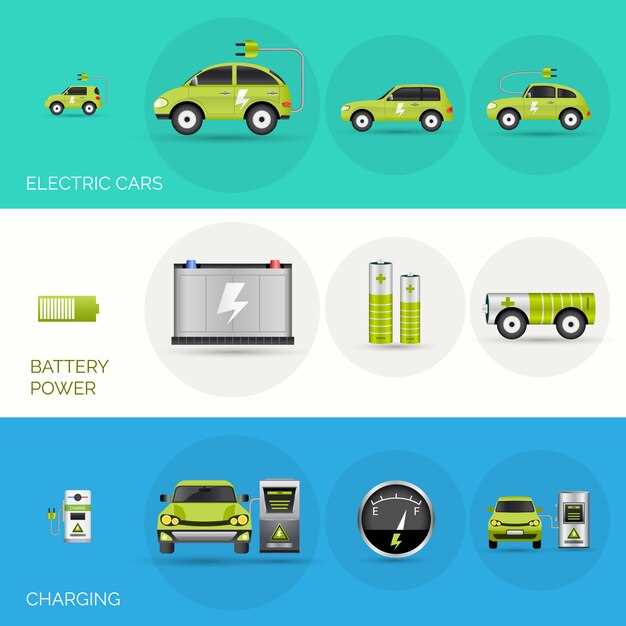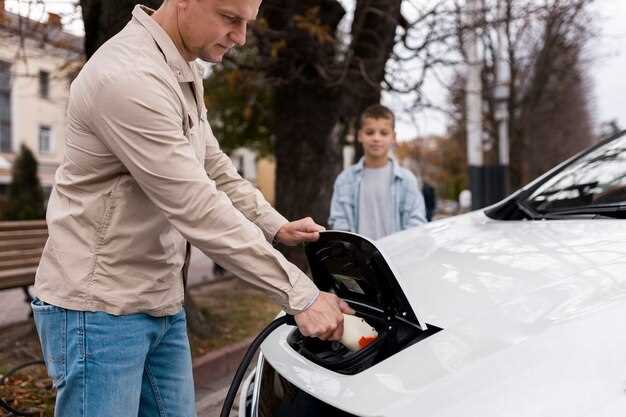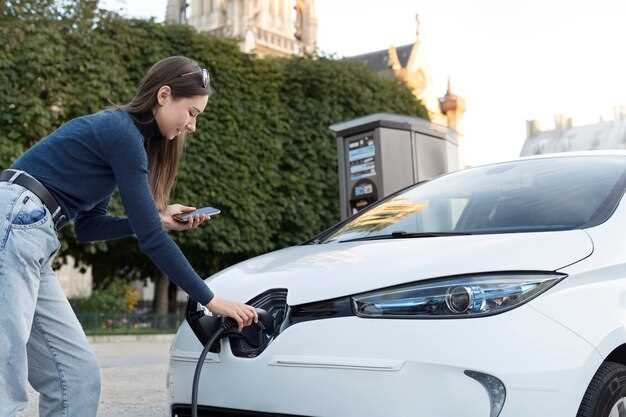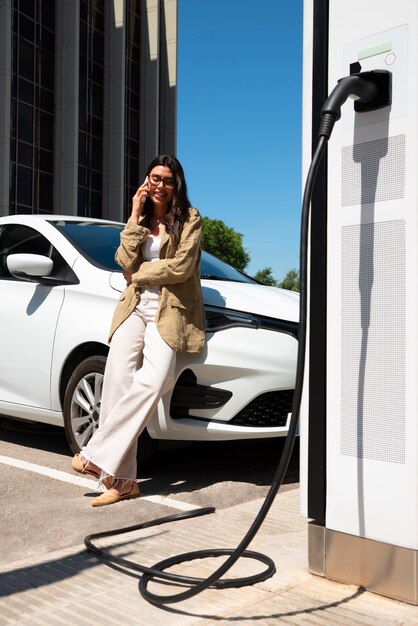
The automotive industry is undergoing a transformative shift, with electric vehicles becoming a significant focus for manufacturers worldwide. Among the prestigious brands making strides in this arena is Porsche, renowned for its performance and luxury. The new Macan EV marks a pivotal moment in Porsche’s commitment to sustainability while maintaining its legacy of high-performance vehicles. This electrifying SUV encapsulates the essence of Porsche’s engineering prowess and design philosophy.
As an all-electric version of the iconic Macan, this SUV blends the brand’s signature aesthetics with advanced technology, ushering in a new era of driving experiences. The Macan EV showcases features that cater to both the eco-conscious driver and the performance enthusiast, ensuring that electric mobility doesn’t compromise the thrilling dynamics Porsche owners expect. With a powerful electric drivetrain, cutting-edge connectivity, and a meticulously crafted interior, the Macan EV is poised to redefine what an electric SUV can offer.
In this article, we will delve into the standout characteristics of the new Porsche Macan EV, highlighting its innovative electric powertrains, impressive range, and luxurious features that set it apart in the competitive SUV market. Join us as we explore how the Macan EV not only meets the demands of the modern driver but also reaffirms Porsche’s commitment to excellence in the realm of electric vehicles.
Performance Specifications of the Porsche Macan EV
The Porsche Macan EV represents a significant leap in the SUV segment, combining dynamic performance with electric efficiency. This all-electric vehicle is designed to deliver an exhilarating driving experience while maintaining the practicality expected from a luxury SUV.
Under the hood, the Macan EV features a powerful electric motor that generates impressive horsepower and torque, allowing for swift acceleration. With a 0 to 60 mph time estimated to be around 3.5 seconds, this SUV offers sports-car-like performance, making it a thrilling option for those who value speed and responsiveness.
The Macan EV is equipped with a cutting-edge battery system that provides a substantial range on a single charge. This enables drivers to enjoy extended journeys without the frequent need for recharging, a vital factor for electric vehicles. Additionally, the advanced charging technology allows for rapid charging capabilities, ensuring minimal downtime during long trips.
Handling is a key feature of the Macan EV. With a low center of gravity due to the placement of the battery, the SUV offers remarkable stability and cornering prowess. The all-wheel-drive system enhances traction and control, delivering confidence in various driving conditions.
Equipped with multiple driving modes, the Macan EV allows for personalization of the driving experience. Whether you prefer a more relaxed ride or an invigorating sport mode, the dynamic adjustments cater to your preferences, making every journey enjoyable.
The advanced suspension system not only contributes to comfort but also to the agility associated with the Macan lineage. This ensures that the electric SUV retains the fun-to-drive nature while being environmentally friendly, encapsulating Porsche’s commitment to performance and sustainability.
Interior Technology and Driver Assistance Features

The new Porsche Macan EV showcases cutting-edge electric vehicle technology, emphasizing both driver comfort and safety. Upon entering the cabin, drivers are greeted with an intuitive touchscreen interface that integrates seamlessly with the car’s advanced digital instrumentation. This central display allows for easy access to navigation, entertainment, and vehicle settings, all optimized for an effortless driving experience.
One of the standout features is the adaptive cruise control, which uses smart technology to maintain a safe distance from other vehicles, automatically adjusting speed in response to traffic conditions. The lane-keeping assist further enhances safety, gently guiding the driver back into the lane if unintended drifting occurs. These features work in harmony to create a more relaxing driving environment, perfect for both city commutes and longer journeys.
For those who appreciate a personalized touch, the Porsche Macan EV also includes customizable ambient lighting and a premium sound system that elevates the overall driving experience. The interior is designed with high-quality materials, offering an elegant yet sporty feel that matches the iconic Porsche legacy.
Smartphone integration is another important aspect, allowing drivers to connect their devices effortlessly via Apple CarPlay or Android Auto. This feature ensures that drivers can stay connected while keeping their focus on the road, enhancing both convenience and safety.
Overall, the interior technology and driver assistance features of the Porsche Macan EV reflect a commitment to innovation, providing a blend of luxury, comfort, and safety that sets new standards in the electric vehicle market.
Charging Options and Range of the Porsche Macan EV

The Porsche Macan EV offers a variety of charging options catering to diverse lifestyle needs. Whether at home, at work, or on the go, this electric vehicle provides flexibility and convenience, making it an attractive option for today’s drivers.
- Home Charging: The Macan EV is compatible with Level 2 chargers, allowing for an efficient overnight charging experience. With a home charging station, owners can easily recharge their vehicle while they sleep, ensuring they start each day with a full battery.
- Public Charging Stations: The Macan EV supports fast charging capability. It can utilize DC fast chargers found in various public charging networks, reaching an 80% charge in around 30 minutes. This feature is ideal for long-distance travel, minimizing downtime and optimizing road trip experiences.
- Regenerative Braking: This electric vehicle incorporates regenerative braking technology, which helps to extend its range. When the driver decelerates, the Macan EV converts kinetic energy back into stored energy, enhancing overall efficiency.
In terms of range, the Porsche Macan EV delivers impressive performance:
- Estimated Range: The Macan EV is expected to offer a range of approximately 250-300 miles on a single charge, depending on driving conditions and usage patterns.
- Performance Driving: Even while taking advantage of its electric power, the vehicle maintains Porsche’s renowned driving dynamics, ensuring that spirited driving does not significantly compromise range.
- Battery Technology: Equipped with advanced battery technology, the Macan EV not only provides substantial range but also supports efficient energy management, allowing for longer journeys without frequent stops for charging.
The combination of flexible charging options and a robust electric range positions the Porsche Macan EV as a compelling choice for those looking to transition to an electric lifestyle without sacrificing performance or convenience.






